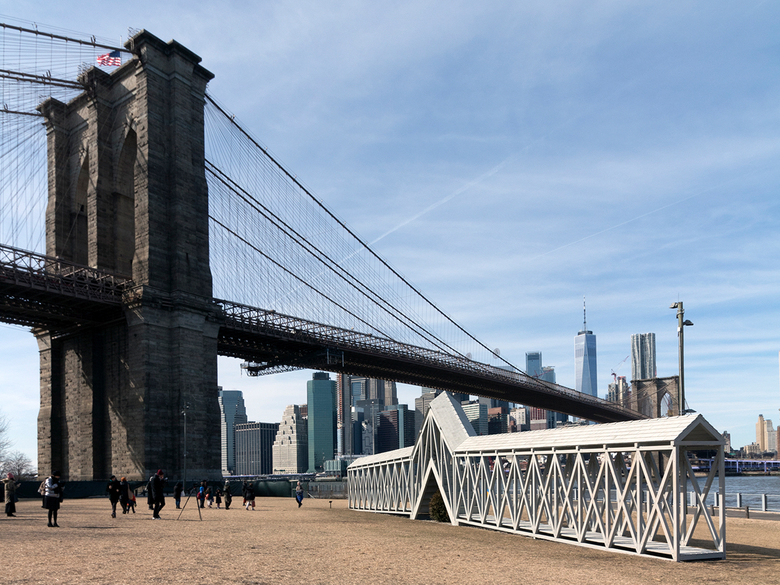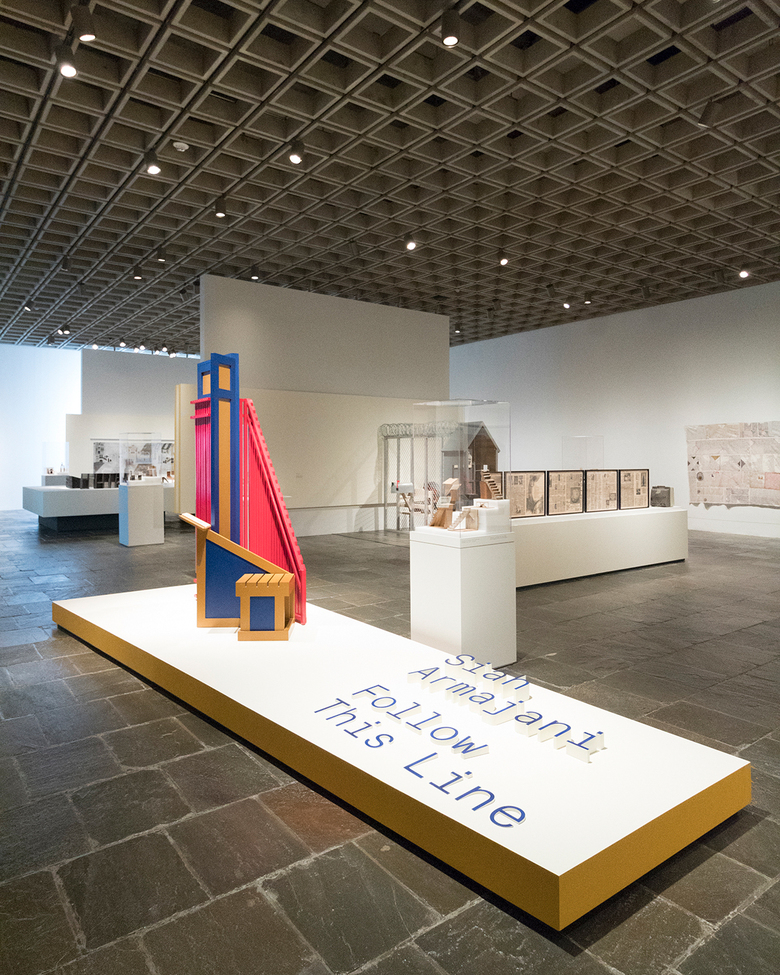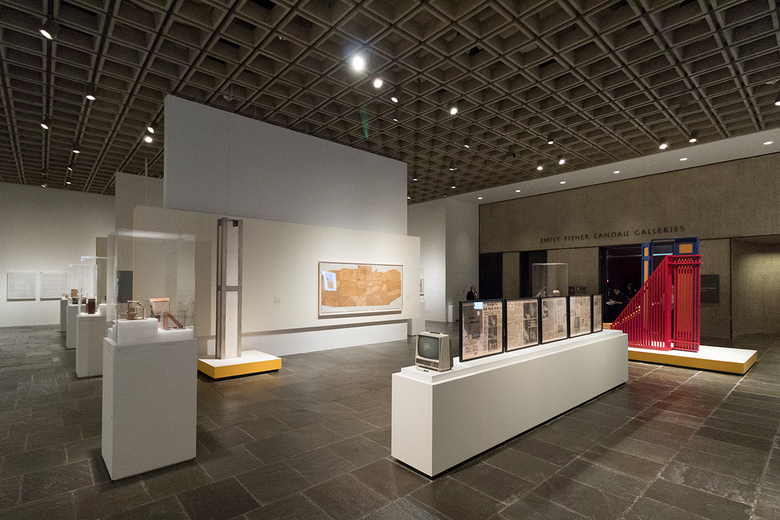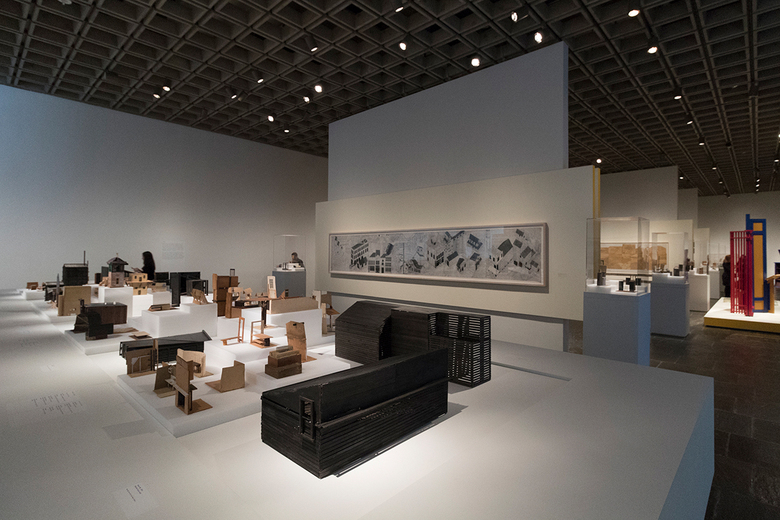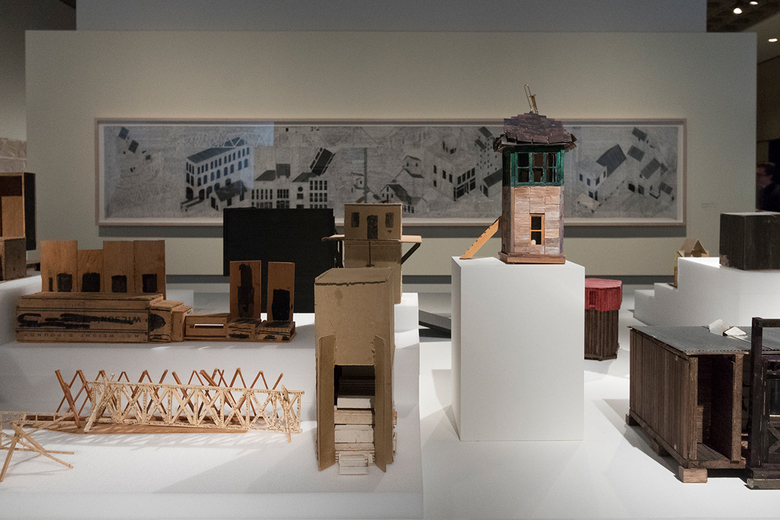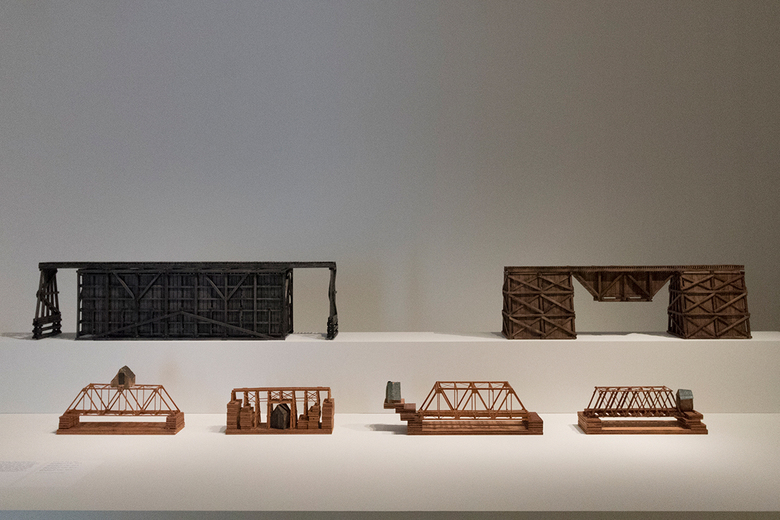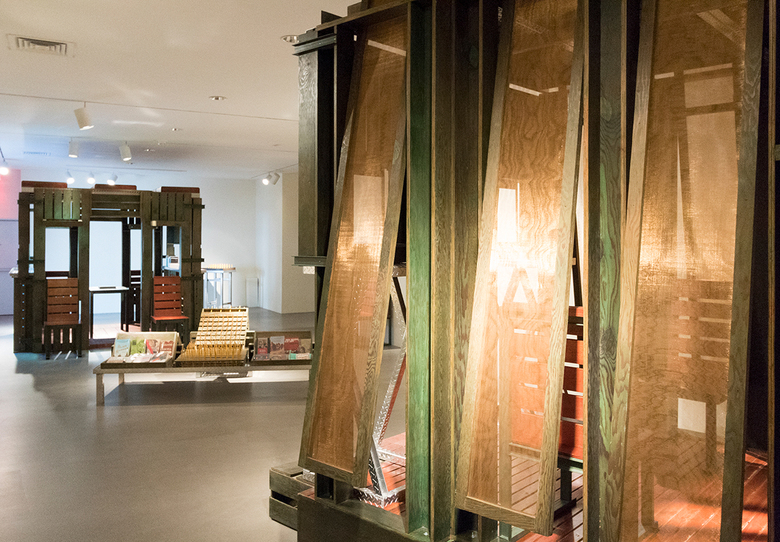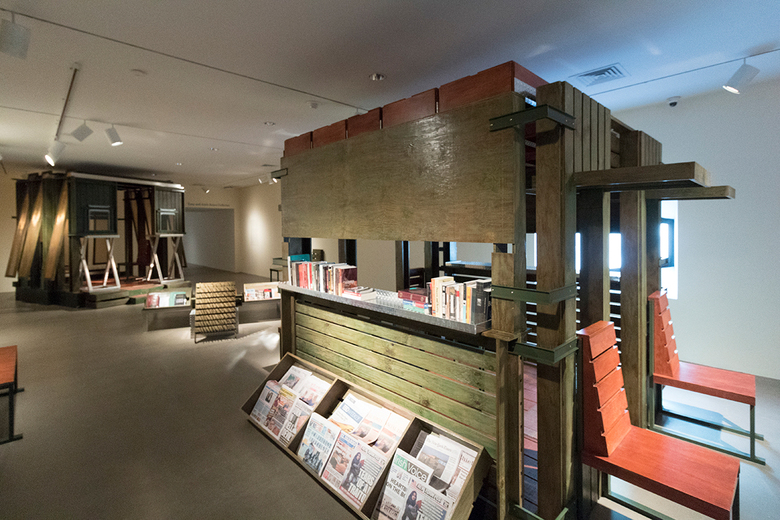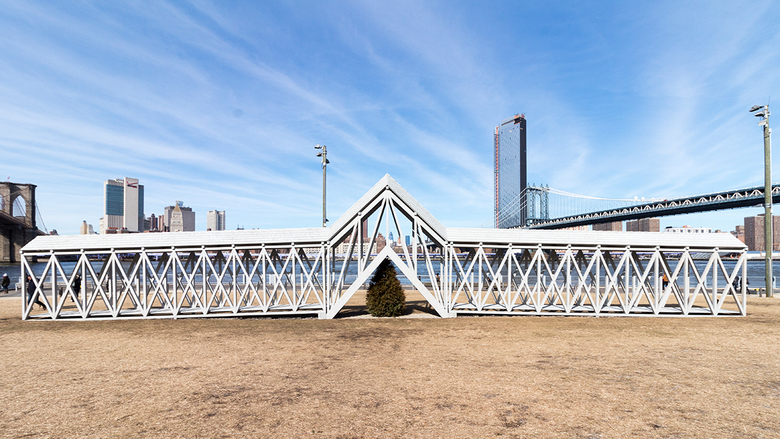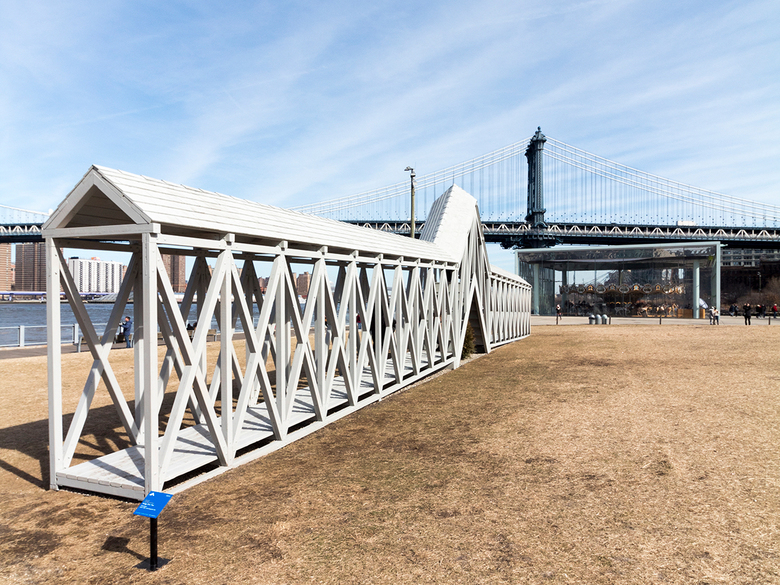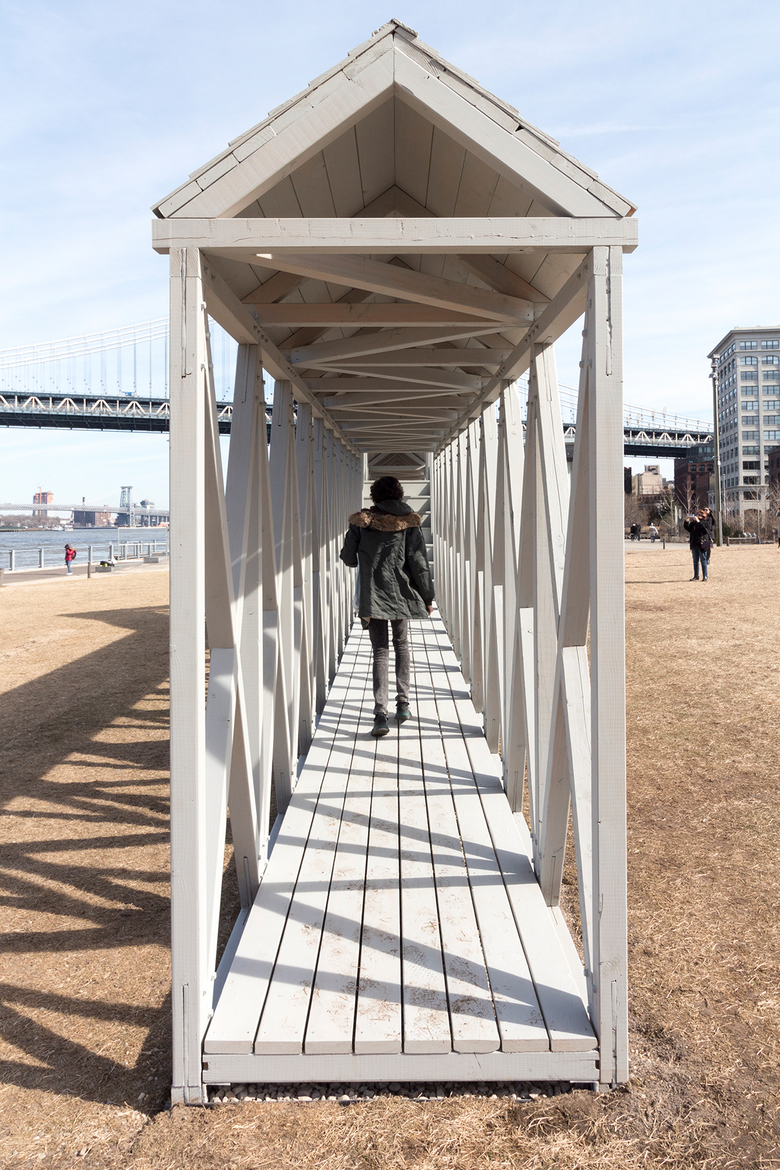Siah Armajani in NYC
John Hill
20. February 2019
All photographs by John Hill/World-Architects
A major retrospective at the Met Breuer and the re-staging of a nearly 50-year-old installation in Brooklyn Bridge Park highlight the amazing, architectonic oeuvre of Iranian-American artist Siah Armajani.
If any artist should be liked by all architects, it's Siah Armajani. The sculptures and installations of the Iranian-born, Minneapolis-based artist incorporate architectural features, leading to him being described often times as an architect rather than an artist. But architecture – particularly vernacular architecture – is not the subject of his art; he uses the language of building to explore ideas that are abstract, philosophical, poetic, and political.
Siah Armajani: Follow This Line is a major retrospective on the artist, organized by the Walker Art Center in Minneapolis and The Metropolitan Museum of Art in New York. On display at the Met Breuer from today until June 2, 2019, the exhibition moves from the artist's early conceptual and mathematical works to his decades-long Dictionary for Building series and maquettes for his well-known large-scale installations.
World-Architects got a peek at the must-see exhibition and Bridge Over Tree, the companion installation in Brooklyn Bridge Park.
